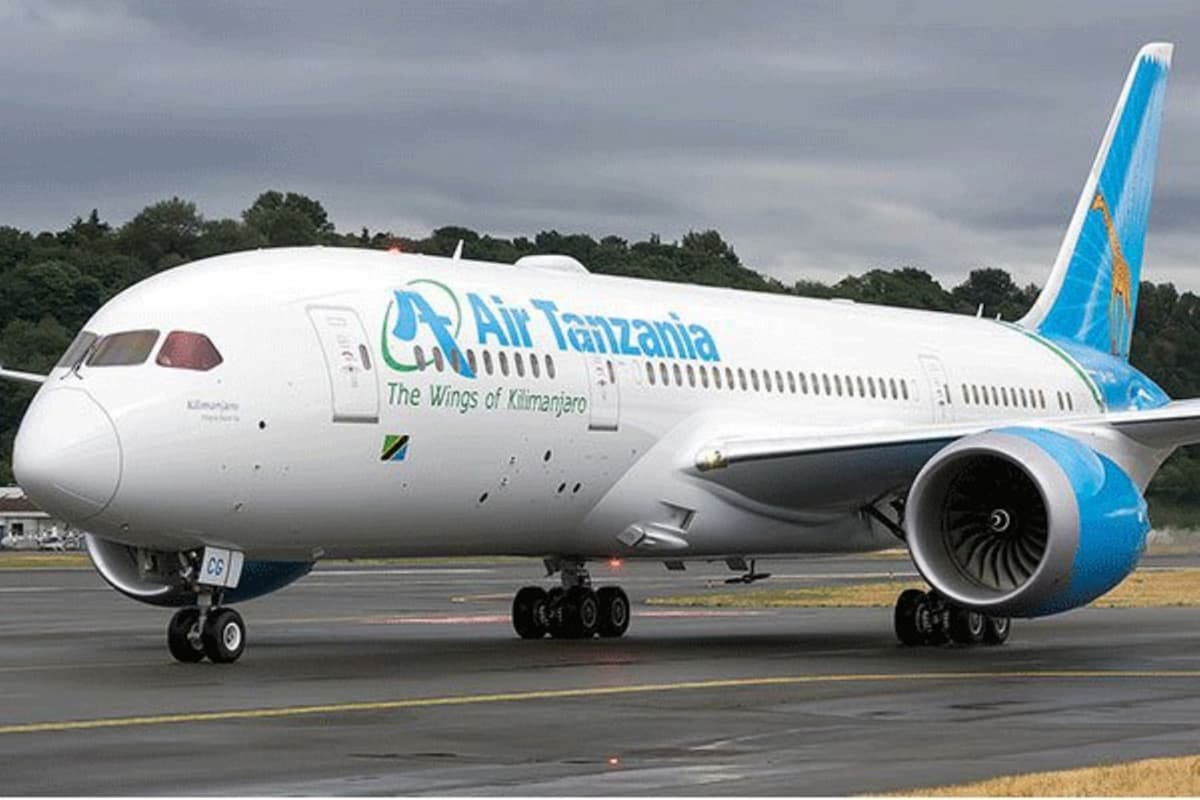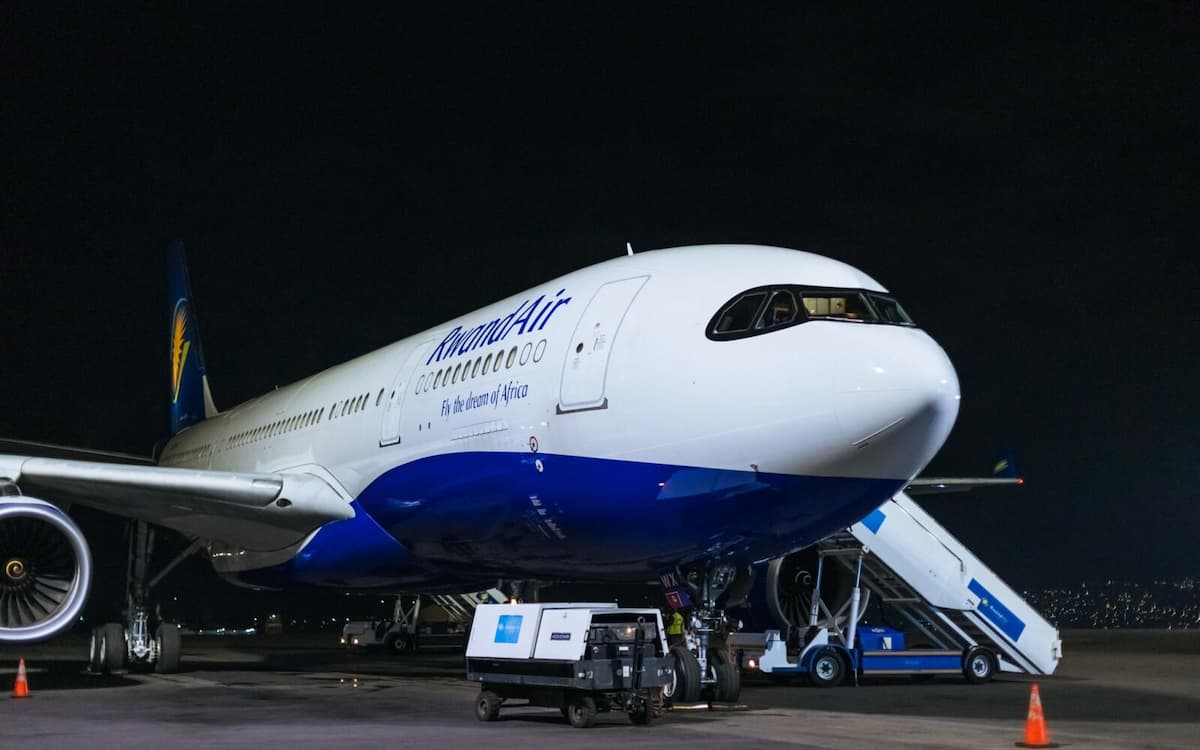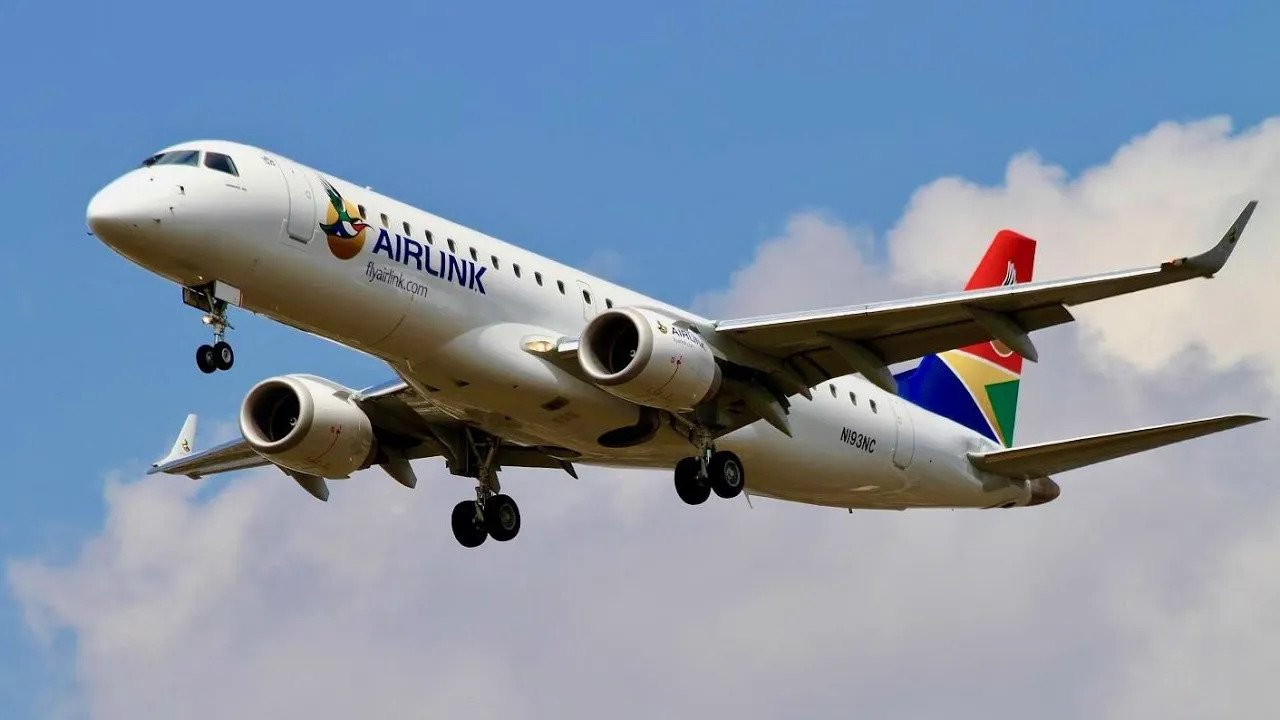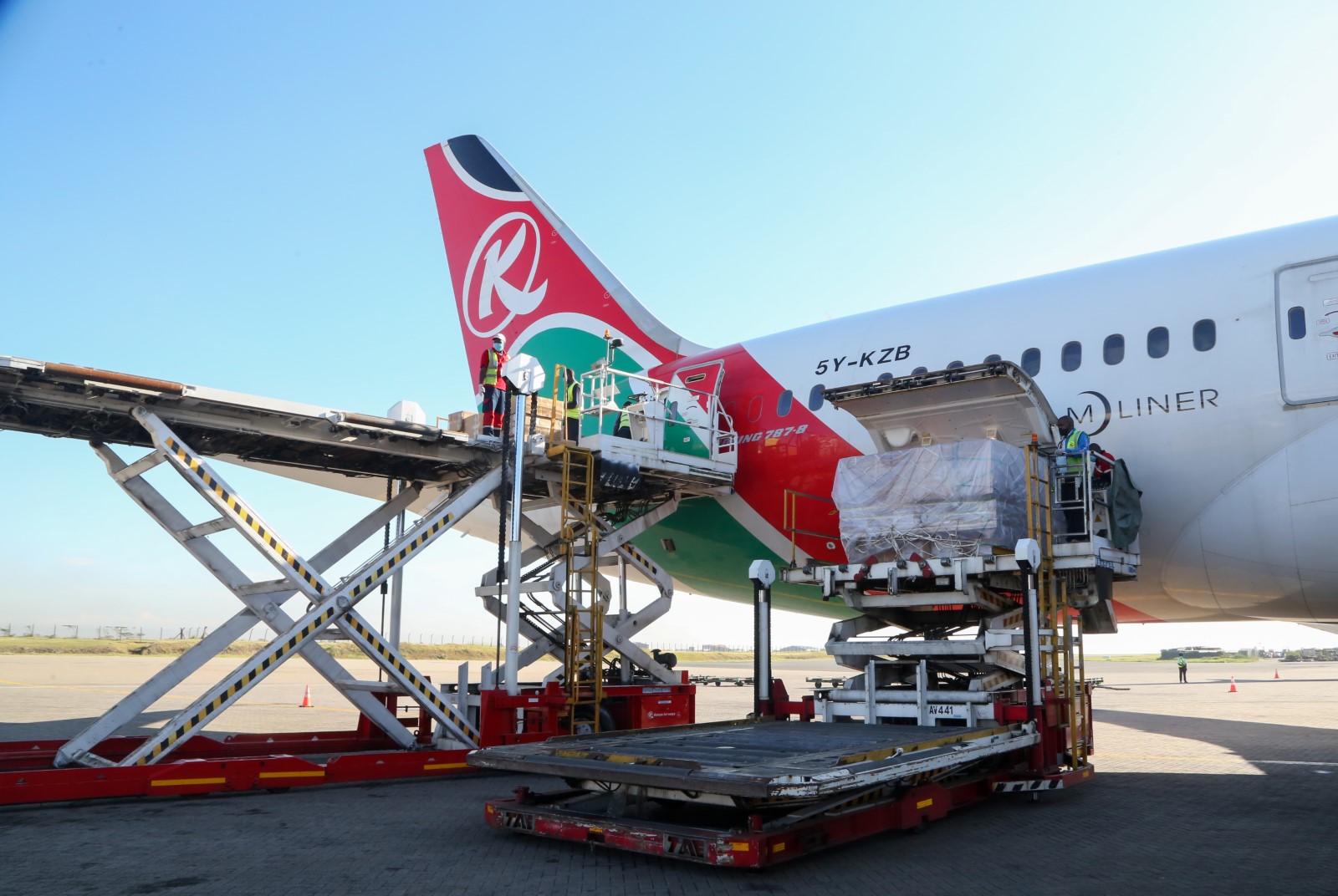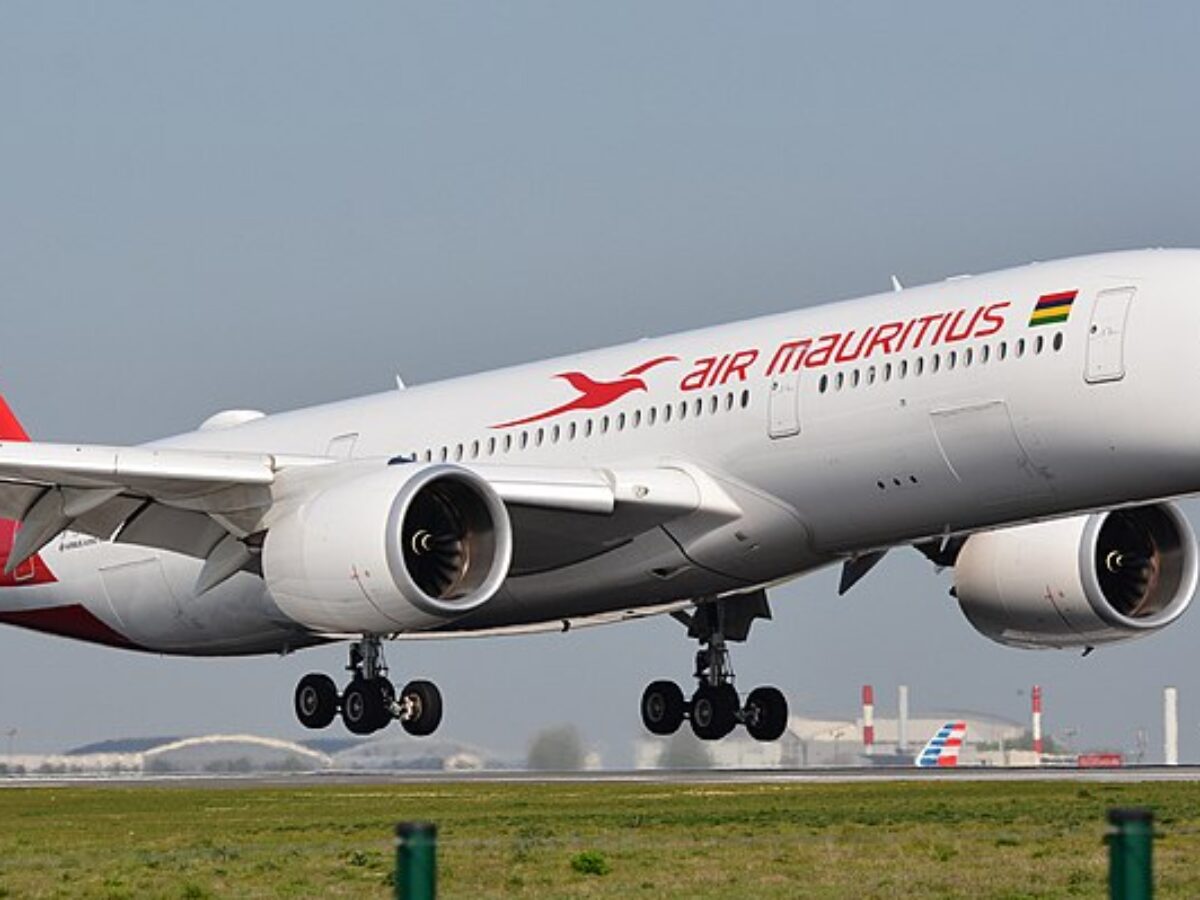Lufthansa has appointed a new General Manager for the East Africa region and will now fly between Frankfurt and Nairobi daily.
The Lufthansa Group is reaffirming its commitment to East Africa by relocating the commercial responsibility for the passenger service back to Kenya.
The group has appointed a new General Manager for the East African region stationed in Nairobi, Kenya. The airline will further increase its presence in Kenya by adding more flights from Frankfurt, while Swissport will offer more services to the German flag carrier in Nairobi.
An experienced General Manager for East Africa
Effective March 1, Lufthansa appointed Kevin Markette as the new General Manager for the East African region, which includes Kenya, Ethiopia, Uganda, Rwanda, Burundi, and Tanzania. With a physical presence in the region, he will be able to manage the demands of the local market directly.
Markette succeeds Dr. André Schulz, who has now been appointed Head of Region Middle East, Africa, South Asia, and CIS at Lufthansa. Kevin will report to Philippe Saeys-Desmedt, Senior Director of Sales Sub-Sahara Africa, Lufthansa Group, in his new role.
The group is pleased to have Kevin on the team in East Africa. Lufthansa is confident that he will continue strengthening the relationships developed with businesses and customers in the region. Philippe Saeys-Desmedt said;
“It is our pleasure to welcome Kevin Markette to this important and dynamic region. We draw upon Kevin’s vast global experience, including that on the African continent, to enhance our market position and trustful relationships established with our business partners and customers. Being now located with his team in the East African region, seated in Nairobi, he will quickly forge new relationships in the region.”
Kevin is an individual whose experience and qualifications speak to his reputation. Educated in Pretoria, South Africa, he has qualified as a commercial pilot and well-versed airliner with over 23 years of experience working with the Lufthansa Group.
He previously headed up several teams within the Sales and Customer Servicing organization of the German organization across various cities, including New York, Atlanta, Accra, Dubai, Lagos, Karachi, and Johannesburg.
Increased schedule between Frankfurt and Nairobi
Global travel is not far from pre-pandemic levels, so various international markets have seen increased demand. To meet this, additional capacity is required, and Lufthansa has reviewed such demands and made necessary adjustments for the upcoming summer flight schedule where possible.
From June 3, the airline will expand its connection between Frankfurt International (FRA) and Jomo Kenyatta International (NBO) airports. The summer flight schedule will be increased from five to seven weekly flights. The additional flights will arrive in Nairobi at 20:30 daily and depart for Frankfurt at 22:25 EAT.
Simultaneously, Lufthansa’s leisure carrier, Eurowings Discover, will continue to operate its four weekly summer flights between Frankfurt and Mombasa. This will bring the total capacity between Kenya and Germany to a staggering eleven weekly flights.
Important strategic market for Lufthansa
Lufthansa Group has significant commercial interests in the East African region as it already serves Mombasa, Zanzibar, and Kilimanjaro through Eurowings. New East Africa GM Kevin Markette said in a statement;
“East Africa is undoubtedly one of the most important markets for us on the continent, and our booking figures reflect that the region is particularly popular with holidaymakers from Germany and abroad. Thanks to the vast expansion of our route network on the continent, together with our Group airlines, our customers can now reach their idyllic holiday or business destinations much faster and more directly.”
Furthermore, by increasing its frequency to Nairobi, Lufthansa is underlining the importance of Kenya for the group and its long-term commitment to the region. Markette added, “such positive developments can only be accomplished through strong partnerships with Kenyan corporates who share a common goal and who supported and trusted us throughout the recent challenging years.”
Lufthansa cargo handling in Nairobi
Before announcing the new flight schedule, Lufthansa Group extended its contract with ground and cargo handling services company Swissport in Nairobi. The latter has provided airline ramp and gate services at the Nairobi airport for more than 11 years.
The continued partnership with the German flag carrier will now include air cargo and warehousing services. Swissport Kenya Managing Director Racheal Ndegwa said in a statement;
“Air cargo handling and warehousing are crucial components of our business, and we are proud to match the needs of Lufthansa Cargo with our operational readiness and world-class facilities here in Nairobi.”
In 2022 Jomo Kenyatta Airport ranked as the eighth-busiest airport in Africa, therefore, it is an essential travel and logistics hub for many international airlines. Swissport currently serves over 20 airline customers in Nairobi, managing 320 flights and nearly 6,000 tonnes of cargo monthly.
Source: Simple Flying




